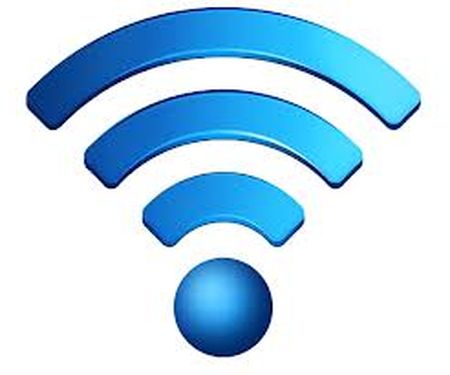Turning Hotspots Into Dollars

Cable operators are beginning to look to their WiFi networks as a source of future revenue growth, with two top executives in the space recently saying that monetizing those assets will be a key focus over the next three to five years.
WiFi, the cheap-to-build wireless data conduit that most cable operators deploy as a free add-on to their wired broadband service, has been a key retention tool for many cable operators over the past several years.
But as those networks are built out more extensively, operators are beginning to see them as a potential profit center.
Comcast chairman and CEO Brian Roberts recently compared the WiFi space to cable telephone service in its infancy. Comcast, he said, faced stiff criticism for not immediately deploying a circuit-switched telephone product as did some of its peers. It held back, he said, waiting for better economics and technology.
PHONE LESSON
The same might hold true for WiFi, he said. The economics might be coming soon, in the form of a dual-use phone (which utilizes both WiFi and cellular networks) or a standalone product.
“Those are things that clearly others are looking at, [and] we’re looking at,” Roberts said. “I think [this] is a place we should develop.”
Multichannel Newsletter
The smarter way to stay on top of the multichannel video marketplace. Sign up below.
Comcast has stepped up its WiFi footprint recently, and plans to have 8 million hotspots (including in-home customer routers) available in its service area by year-end.
Comcast also has a new partnership with Liberty Global that will let customers of both companies access their respective WiFi networks at home and abroad by 2015.
Pending acquisition target Time Warner Cable, which Comcast hopes to officially acquire early next year, also has been rapidly building out WiFi hotspots in such major cities as New York and Los Angeles.
At the end of the second quarter, TWC had about 46,000 WiFi hotspots in its 11 million-subscriber footprint.
Comcast also belongs to the CableWiFi roaming alliance — along with Bright House Networks, Cox Communications, Cablevision Systems and Time Warner Cable — which lets customers of member companies switch seamlessly between the member wireless networks. That alliance could become even more important as data traffic gets heavier and spectrum requirements increase.
While there has been some speculation that cable operators would need more spectrum to boost WiFi offerings significantly, most analysts believe cable operations are sufficient to meet near-term needs.
In March, the Federal Communications Commission doubled the amount of unlicensed spectrum in the 5-Gigahertz band available to cable for WiFi service.
Cablevision Systems was an early believer in Wifi, committing n 2008 to a $300 million buildout. Operating in the New York metropolitan area, Cablevision expects to end the year with 1 million WiFi hotspots, including in-home customer routers.
Cablevision vice chairman and chief financial officer Gregg Seibert has identified WiFi as the company’s “next big leg of growth,” and said Cablevision customers save as much as $30 per month on their cell phone bills by being able to access data over the WiFi network.
RAISING AWARENESS
“The challenge now is making sure our customers are aware of the great value that provides to them and ultimately we can get additional revenue out of that business in addition to just getting the benefit from a customer-retention standpoint,” Seibert said.
Pivotal Research Group principal and senior media & communications analyst Jeff Wlodarczak said monetizing the WiFi network makes sense, but that it is still probably a few years off.
He said cable operators could start the process by charging a nominal fee for WiFi access — say $5 to $10 per month, in lieu of modem-fee increases — and later expand offerings to include a dual-mode phone.
“If you could add a $40 phone product as an add-on — something that most of the time is over the WiFi network and outside that network utilizes their Verizon wholesale agreement — that’s not that far-fetched,” Wlodarczak said.
